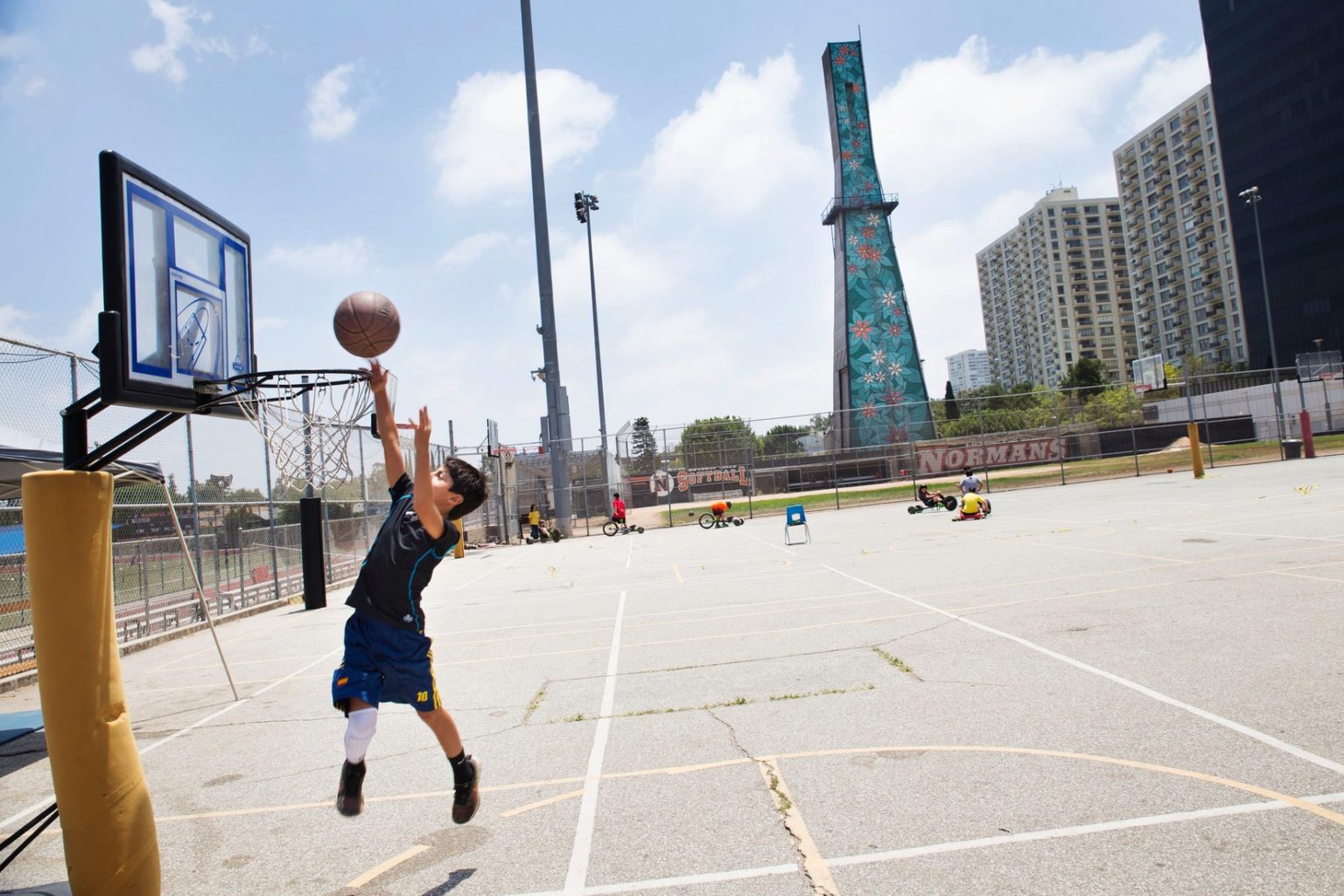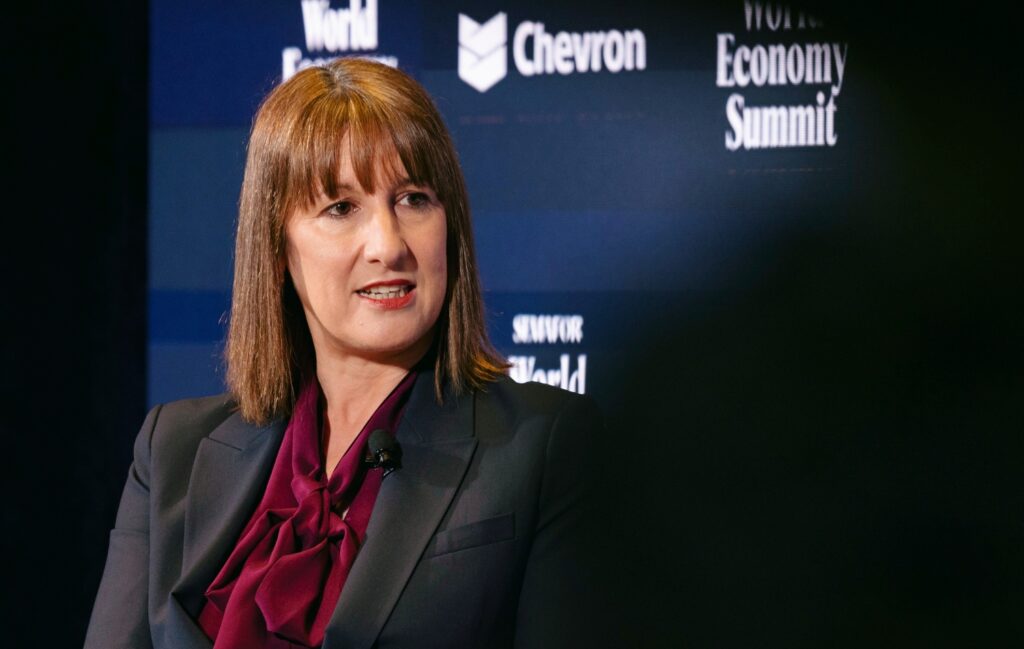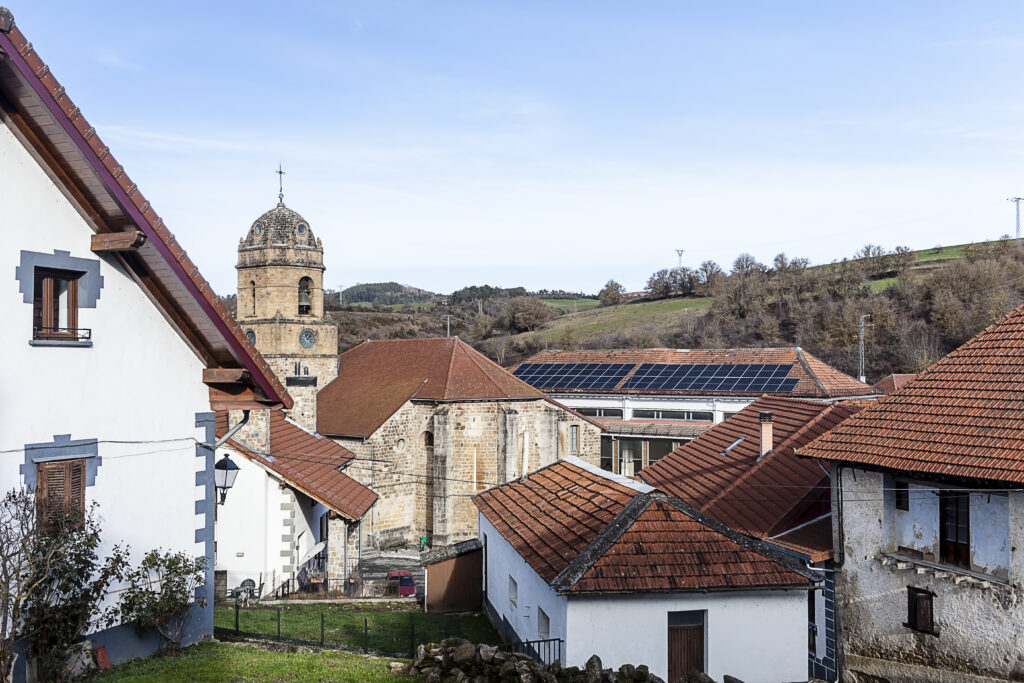Los Angeles is a city built on oil, and even today more than a thousand derricks still pump it from the shallow reserves beneath the city. While some oil wells are camouflaged behind colorfully painted towers or bland beige structures resembling office buildings, many of them draw up crude oil in the open, surprisingly close to homes, stores, restaurants, schools, and churches.
“Every time I go to school,” 18-year-old Brandon Molina told DeSmog, “I walk by these oil drilling sites. They’re around my school. So, it’s something that I see every day.”
In LA, the number of residents living less than a mile from an oil well is in the tens of thousands. But how close you live to a drilling site may depend on the color of your skin and socioeconomic status, placing communities of color disproportionately at risk, according to a lawsuit brought by three LA youth groups against the City of LA.
And while the City took steps to address the complaints by amending its drilling application process and ultimately settled with the youth groups in September 2016, both parties are currently facing a counter lawsuit.
This legal battle has been brought by a state-based oil and gas trade group, the California Independent Petroleum Association (CIPA), which argues that after a judge granted it permission to participate in the youth lawsuit settlement discussions, it was allegedly blocked from doing so.
Youth of Color Take on Oil Drilling in LA
Molina is a freshman attending community college in the LA neighborhood of Wilmington. He is a youth organizer with one of the groups filing the original lawsuit, Youth for Environmental Justice, a program of the California-focused nonprofit Communities for a Better Environment.
These youth groups, which also include the South Central Youth Leadership Coalition and youth members of the Center for Biological Diversity, first filed suit against the City of LA in November 2015.
The lawsuit claimed that the City’s pattern of reviewing — and “rubberstamping” — applications to open new oil wells and drill again in old ones was not only in violation of the California Environmental Quality Act (CEQA), which requires environmental impact reviews and public input on projects which could cause environmental harm, it also unfairly put the health of communities of color at risk.
Instead of each application undergoing a case-by-case review of the potential environmental, health, and safety impacts, the City of LA was regularly granting exemptions from these reviews “as rule of law,” according to Gladys Limón, an attorney for Communities for a Better Environment.
And, as outlined in the lawsuit:
“Drilling sites in South Los Angeles and Wilmington — neighborhoods where the vast majority of residents are black and Latino — are on average hundreds of feet closer to schools, playgrounds, and parks than drilling sites in neighborhoods such as West Los Angeles and Wilshire with larger numbers of white residents.”
Limón says that this information surfaced after communities in areas affected by expanded drilling activity started talking to each other and realized “the same sorts of patterns that they were experiencing were true for other communities.” At that point, her organization began digging through city files and investigating whether that might be the case.
“Sure enough, these patterns did emerge,” Limón told DeSmog.
And when the city placed certain conditions on the drilling activities, such as enclosing the derricks in sound-proof structures or using electric drilling rigs instead of more polluting diesel rigs, that’s when Limón says the pattern of discrimination arose. “We believe there were inferior conditions that were required in communities of color,” she said.
Getting to Know the Drill
In Wilmington, near the community where Molina lives, a single drilling company, Warren E&P, opened 540 new oil wells in the last couple decades, and it’s not the only company operating there.
The community is afflicted by one of the highest cancer rates in the southern part of the state. Oil and gas drilling is associated with pollution known to have numerous health impacts, ranging from asthma and headaches to a higher risk of cancer in children. Some of these wells overlook a little league baseball field.
Molina has a personal stake in how oil drilling happens in LA. Not only does it occur in his communities, but he has suffered from asthma since he was six years old, with several attacks severe enough to land him in the hospital. His experience learning about the drilling activities in his communities and being a part of the lawsuit fighting for stricter enforcement of protections surrounding those activities was empowering, a feeling he hopes to transfer to other people of color like him.
“Not many people in our community know about the issue that we are facing,” Molina said. “Honestly, being part of this really did open my eyes to see what is going on in my community, and it made me feel even more motivated to do something for my community.”
City Takes Closer Look at Drilling Applications
On September 19, 2016, the Los Angeles Department of City Planning issued a memorandum amending the oil and gas drilling application process and setting new guidelines for the way it reviews those applications.
The application now includes an environmental assessment form that Limón says should enable the Planning Department to evaluate potential environmental impacts of each project. The City says these moves are meant to bring it into line with state law.
“We’re pleased to have worked with the community and Planning Department to advance environmental justice by better protecting the health of our residents near oil facilities,” Los Angeles City Attorney Mike Feuer said in a statement.
These changes include expanded opportunities for public participation, and are an effort “to fully recognize that people living and working in proximity to oil and gas operations have a substantial interest in participating in the review process for these projects,” according to a statement from the City.
Oil Industry Follows (Law)Suit
Sabrina Lockhart, communications director for CIPA, has a different take on the City’s memo. “It’s disappointing that the rules were created without input from the entities that must comply with them,” she told DeSmog.
Lockhart says that the petroleum association believes the City’s new guidelines for drilling applications, issued a week and a half ahead of the City Council vote approving the settlement, were a condition of settling, and that CIPA’s only recourse for not having a say in those guidelines’ development was to sue both the City and youth groups.
“Even though the settlement itself doesn’t name it, right at the same time the settlement was reached, the city announced these new regulations,” said Lockhart. “We are fighting in the courts because we believe that it unilaterally and improperly overrides state law.”
Limón, however, considers the countersuit a retaliatory attempt to silence youth of color and “bully” the City. She also provided DeSmog court documents showing email exchanges between the youth groups’ lawyers and CIPA’s, inviting the petroleum association to discuss its position and potential settlement.
“The oil industry is not used to communities of color standing up against policies and practice that one, give it free rein to pollute communities and two, challenge their profits,” said Limón. “In this case, the youth of color courageously challenged those practices and they prevailed.”
CIPA does not appear to have accepted these offers to discuss settlement, instead pursuing legal actions attempting to access all previous information related to settlement discussions between the City and youth groups.
So far, the courts have not granted CIPA this request and are currently examining whether its suit could be considered retaliatory under state law.
Meanwhile, Molina continues to walk past oil derricks on his way to community college in Wilmington. He described the countersuit by the petroleum association as “just wrong.”
“That is another thing that just opened my eyes to see how the world works,” he said.
Main image: A boy plays basketball in front of an oil well that is covered with large colorful flowers and is located next to Beverly Hills High School. Wells like this are hidden throughout Los Angeles. Credit: Sarah Craig/Faces of Fracking, CC BY–NC–ND 2.0
Subscribe to our newsletter
Stay up to date with DeSmog news and alerts







